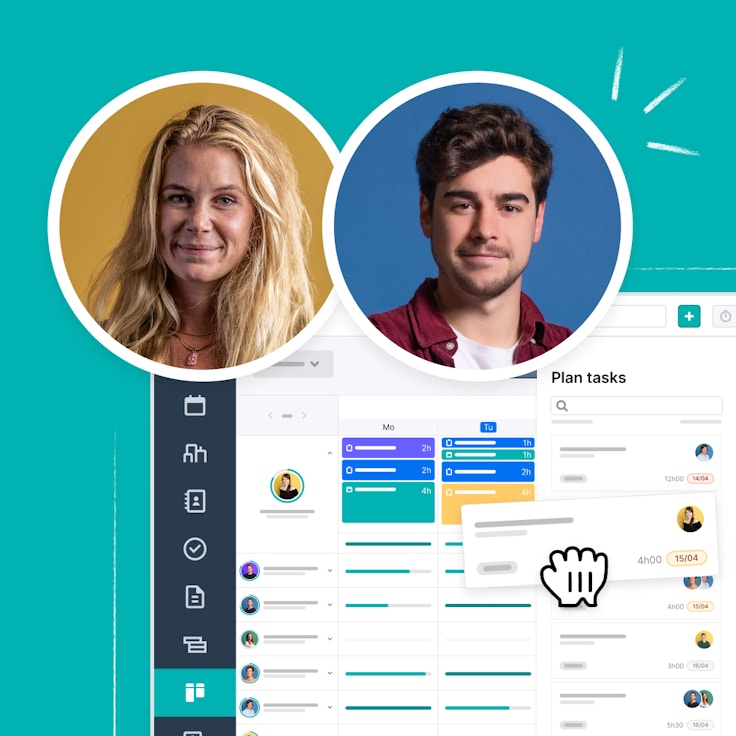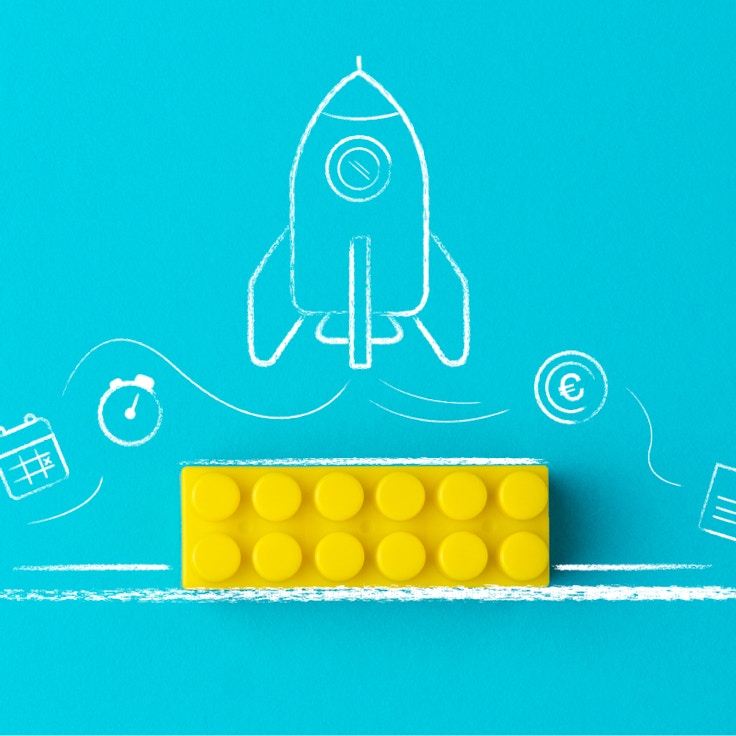Project management in construction: use 'the lean method'

Delivering high quality within the expected timeframe and adding value for your clients in the meantime? It’s possible if you use ‘the lean method’ as a framework.
For several years, this working method has become more popular in the construction industry. Similar principles like Building Information Modeling (BIM), 5S and the Last Planner System are proof of this. Important benefits of applying the lean method are flexibility, added value for the customer and a better understanding of your working methods. Basically, it boils down to maximising the value for clients, while making the best use of your resources.
If you have a customer-focused mindset, good relationships with all stakeholders are a priority. A project entails more than detailed planning or swift execution: it’s also about knowing your clients.
Don’t focus on what the customer wants - instead, think about the reason behind this need or desire. By gaining a better understanding of understanding your customers, you can provide personalised advice and manage their expectations.
Ensure a smooth communication flow by generating internal and external reports - ranging from the status of each task to the materials you used. Consistently informing your stakeholders will drastically reduce unwelcome phone calls and emails, while maintaining a healthy and happy relationship with everyone.
Discover how you can take control of your projects with Teamleader Focus’ project feature.
Planning every detail might seem like a solid working method, but it’s not. Flexible planning is necessary: define key milestones and follow a logical order for subsequent tasks, without diving into the details.
Flexibility offers you a big advantage: the ability to adjust projects where needed. The lean method helps you continuously optimise processes. By repeating and improving every step of the method, you keep reducing unnecessary, redundant work.
Improve your customers’ experience with the help of accurate and continuous communication. Also, discussions between colleagues can be avoided by establishing clear rules or guidelines.
A flexible working method and good communication easily go hand in hand. By repeating the steps of your lean process, you can better estimate your planning, materials, and workforce. You also encourage the input of your colleagues. When co-workers can start actively thinking about solving possible problems and coming up with solutions, chances are they will take more responsibility and dedicate extra effort to finishing certain tasks.
The lean method stimulates you to keep evaluating yourself. With a critical and flexible approach, you can easily adjust projects to get as much value as possible out of them. This way, you can find new ways to improve your skillset while limiting wastage.
Every project is unique and asks for a specific approach. Nevertheless, general guidelines can improve your insights and reinforce communication between all stakeholders to keep you on the same page.
Don’t start with lean project management without thoroughly discussing the expectations of all parties involved. Creating value for all stakeholders should be the first step in starting a successful construction project.
Different aspects of the lean method result in more, overall value - not just for your company, but for your customers too: less waste, less expenses, higher quality, more flexibility, better estimates, more engagement, and more customer satisfaction. These key benefits easily win over construction companies to start with the lean method.
Projectmanagement has never been easier
No credit card required.



